#pacific shark
Text

literally!!
#sharks#marine animals#marine biology#shark#atlantic ocean#pacific ocean#ocean#shark post#shark memes#lemon shark#epaulette shark#hammerhead shark#blacktip reef shark#great white shark#whale shark#chilling pic moments before 14ft great white shark mauled surfer shows haunting clue beast is about to pounce#shark thoughts
10K notes
·
View notes
Text

Volcano Animals🦐🦈🦩🌋
#volcano#my art#flamingo#shrimp#Galapagos iguana#pacific shark#vampire ground finch#lava#animal art#ocean#Etsy#trees#rocks#drawing#painting
0 notes
Text
Nandor & Laszlo's Birthday Party!
Zebra shark toddlers! Happy birthday boys.
5K notes
·
View notes
Text
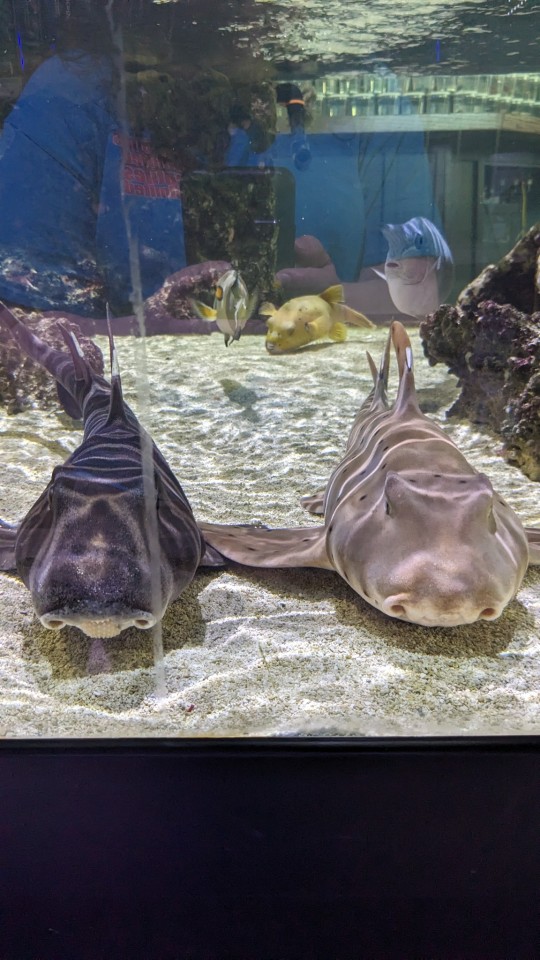
shark truce
#pacific horned shark#atlantic horned shark#chomp the shark#bruce the shark#marine biology#fishblr#aquablr
1K notes
·
View notes
Text

weird dog
#no fuckjng clue what kind of creature this is#edit its a pacific sleeper shark#my art#illustration#fish#maid
869 notes
·
View notes
Text
youtube
The white shark (Carcharodon carcharias) is the largest predator fish in the world, however, the early life history and reproduction of this iconic shark is still poorly understood, in fact, no one has seen a white shark puppy in the wild, nonetheless, recent aerial observations made by drone off California, USA, have revealed the first images of a white shark puppy.
Footage done by wildlife filmmaker Carlos Gauna and biologist Phillip Sternes in July 2023, revealed seconds of a single pale pup, which apparently was shedding its embryonic layer. This record robusts the idea the coast of central California acts a birthing location for white sharks. This shark was stimated to reach 1.5 m in lenght. Many researchers believe white sharks are born farther out at sea, due the elusivity to find pups. This finding means they are likely to born in shallow waters.
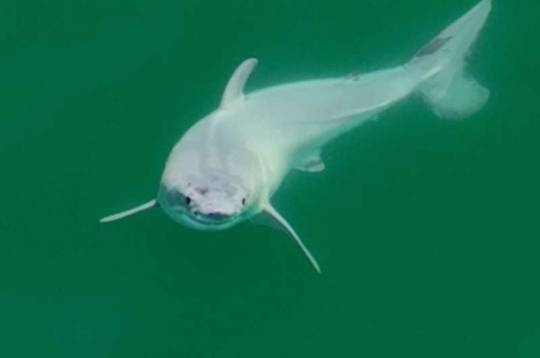

Photo: Carlos Gauna
Reference : Gauna & Sternes2024. Novel aerial observations of a possible newborn white shark (Carcharodon carcharias) in Southern California, Environmental Biology of Fishes
#white shark#carcharodon carcharias#biology#marine biology#pacific#california#science#bioblr#sciblr#scienceblr#marine science#Youtube
418 notes
·
View notes
Text
[Warning: Graphic (some very graphic) shark-fishing pictures at the link.]
"Suhardi isn’t your average snorkeling guide. Born on the Indonesian island of Lombok, he’s spent his life on water. While he now seeks out sharks for the enjoyment of tourists, he once hunted sharks to help earn money to feed his family and educate his two children.
Suhardi was a fisherman for more than 20 years. He first started fishing working on his parents’ boat, but was then asked to join the crew of a shark boat where he was told he could earn a lot of money. Back on deck, he looks embarrassed to divulge what a meager wage it was, but finally confesses he earned around $50 for up to a month at sea.
Now he and 12 other former shark fishermen are part of The Dorsal Effect, an ecotourism company that helps ex-shark hunters find a new vocation. Each week, the team takes groups of tourists, schoolchildren and university students to off-the-grid locations and guides them around pristine reefs. Each trip is designed to take guests on an exploratory journey of both the shark trade and marine conservation through the eyes of the Sasak people of Lombok.
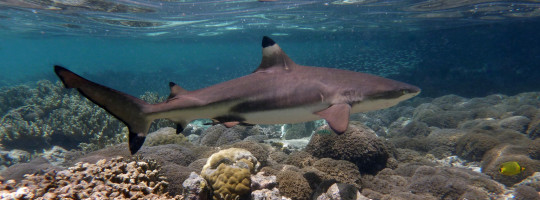
Lombok is a hotspot for marine diversity, sitting just east of the Wallace Line, a biogeographical boundary separating Asia and Australia and their respective fauna. Pristine coral gardens and around 80 species of sharks can be found in its waters. The island is also part of the world’s largest shark-fishing nation. Only the whale shark (Rhincondon typus) is protected in Indonesia; all other sharks can be legally caught.
The Dorsal Effect first launched in 2013, a year after Suhardi met Singaporean ecologist Kathy Xu, who had traveled to Lombok to find out more about the shark trade. The diminutive but quietly determined Xu wanted to protect sharks, but because she knew shark fishing was poorly paid and dangerous, she wanted to hear the fishermen’s stories too. They told her how once they could fish for sharks close to shore, but now with the shark population dropping, the fishermen said they needed to travel farther out to sea, only to come home with a relatively poor catch. The reduced catch also meant reduced pay, so they often couldn’t cover their costs...
Yet, when Xu asked why fishers didn’t seek out another trade, she learned they didn’t want to be separated from the sea. They saw it as part of their heritage.
But as they spoke longer, the shark fishermen talked about the coral gardens that could be found under the waves, ones that only they knew about. Inspired by a whale shark diving trip she’d taken with scientists on the Great Barrier Reef, Xu had an idea. “If such spots exist,” she recalls telling the fishers, “I could take tourists out with you and pay you more than you earned shark fishing”.
At first, Xu guided the former shark fishermen on how to become eco-friendly tour operators. They dropped anchor away from the reef, served guests plant-based dishes, and made sure all trash was taken back to shore. But then Xu saw that something special was happening: The former fishermen had started to take the guest experience into their own hands, making sure tourists felt at home. Suhardi painted “Welcome” in large letters over the front of his boat, fitted green baize to the top deck for outdoor seating, and hung curtains in the cabin so his guests could enjoy some shade.
Suhardi has already bought a new boat with his earnings from snorkeling trips. “Every day is my best day,” laughs Suhardi, whose smile always travels from his mouth to his eyes.
While they were receiving tourists from across the globe, there was another group that Xu wanted to reach out to. “I think it was the teacher in me who felt impassioned about influencing the young,” she says. She reached out to schools and created a five-day program that would help students understand the shark trade and local conservation efforts. During the program, paid for by the school and students, participants would not only meet the ex-shark fishermen so they could ask them about their lives, but also hear from NGOs such as the Wildlife Conservation Society about their efforts to slow the trade. The Dorsal Effect also hired marine biologists to host nightly lectures and help the students with their field surveys...
The students were faced with the realities of the fishing trade, but they were also encouraged to take a balanced view by The Dorsal Effect team. The villagers weren’t just taking the fins, and throwing away the rest of the shark; they processed every piece of the animal. While they did sell the meat and fins to buyers at the market, they also sold the teeth to jewelers, and the remains for pet food.
The Dorsal Effect also takes students on an excursion to the fishermen’s village, a small island that lies off the coast of Lombok. Marine biologist Bryan Ng Sai Lin, who was hired by The Dorsal Effect team, says that on one trip with students he was surprised by how quickly the young people understood the situation. “One of them said it’s good to think about conservation, but at the same time these people don’t really have any other choice,” Lin says....
Conservation scientist Hollie Booth of Save Our Seas, which does not work directly with The Dorsal Effect, says the need to provide legal profitable alternatives to shark fishing is critical: “We are never going to solve biodiversity and environment issues unless we think about incentives and take local people’s needs into account. These kinds of programs are really important.”"
-via Mongabay, December 15, 2023
#shark#sharks#fish#marine biology#marine animals#sea creatures#fishing#marine life#marine conservation#endangered species#overfishing#indonesia#lombok#school#field trip#ocean#pacific ocean#biodiversity#conservation#environmentalism#fishermen#scuba#scubadiving#underwater#diving#coral reef#ocean life#good news#hope
694 notes
·
View notes
Text

Did you know, that like snakes and lizards, most sharks are ectothermic? This means that, normally, they’re not capable of regulating their own body temperature. However, sharks that live in frigid Arctic waters have adapted an ability called counter-current heat exchange. This method of keeping warm, allows these sharks to survive in even the coldest of the world’s oceans.
#cold water sharks#sharks#porbeagle shark#salmon shark#mini great white#bluntnose sixgill shark#pacific sleeper shark#greenland shark#basking shark#spiny dogfish#blue shark#shark blog#respect the locals#cartilaginous fish#advocacy for sharks#shark post#save the sharks#shark awareness#the more you know#i love sharks#just a girl who loves sharks#arctic sharks#cold ocean#arctic ocean#arctic waters#frigid waters
286 notes
·
View notes
Text
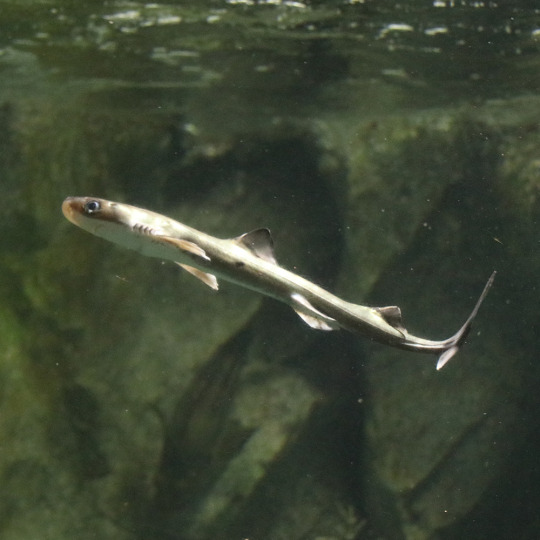
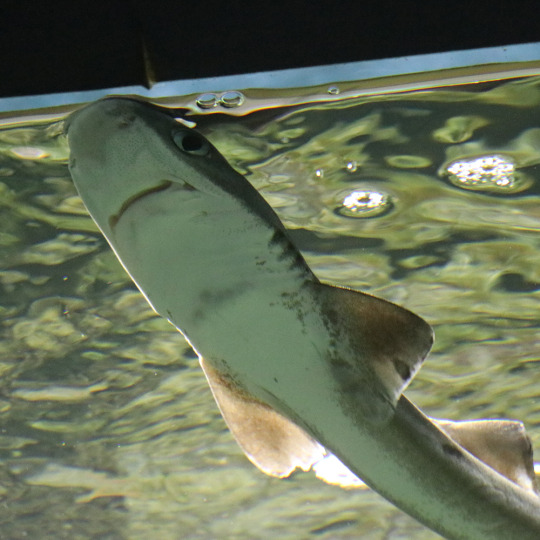
久慈の海水槽にちっちゃなちっちゃなアブラツノザメがいてかわいかった
@もぐらんぴあ
There were tiny, adorable dogfish in the KujI's marine tank.
@Moguranpia
186 notes
·
View notes
Text

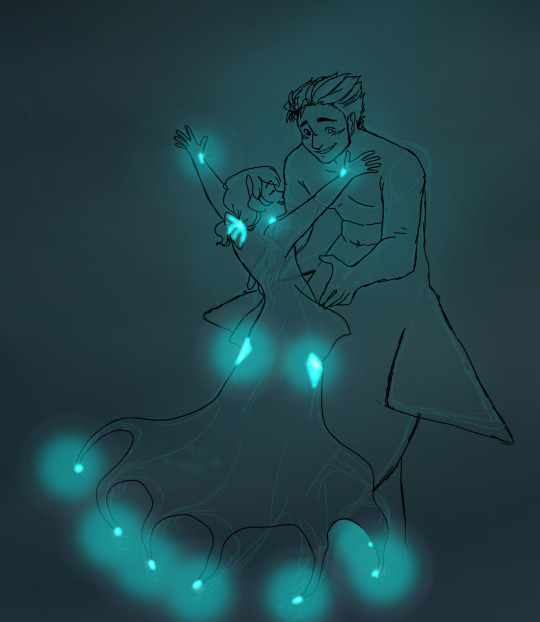



Glub glub
#Yes these are old and yes they're mostly doodles I needed them out of my wips before I started on new stuff#my art#ace attorney#art stuff#law of the deep#trucy wright#vampire squid#phoenix wright#basking shark#shelly dekiller#stoplight loosejaw#sebastian debeste#dumbo octopus#kay faraday#ninja lanternshark#justine courtney#pacific blackdragon#simon blackquill#goblin shark#apollo justice#whip lash squid
66 notes
·
View notes
Text

TIGER SHARK APPRECIATION!!
#sharks#marine animals#marine biology#shark#tiger shark#san jose sharks#pacific ocean#atlantic ocean#caribbean
511 notes
·
View notes
Photo
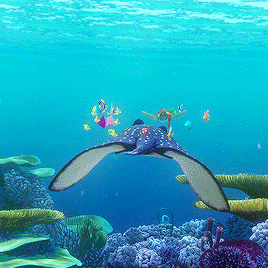
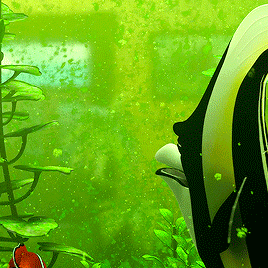
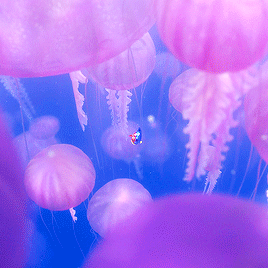

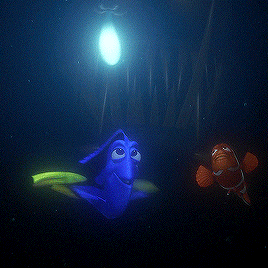
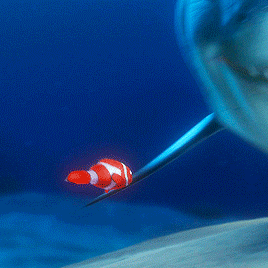


21 FILMS OF THE 21ST CENTURY
Finding Nemo (2003) dir. Andrew Stanton
#pixargifs#filmgifs#moviegifs#filmedit#pixaredit#finding nemo#pixar#animation#21films#2000s#animals#ocean#pacific ocean#sharks#andrew stanton#the best pixar film
1K notes
·
View notes
Text

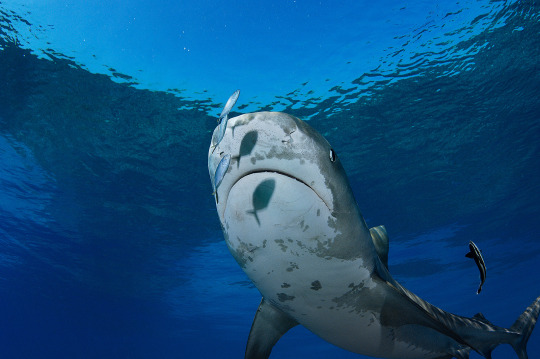
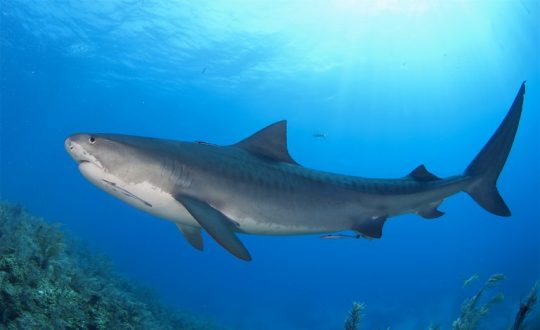
Taming the Tiger Shark
The tiger shark (Galeocerdo cuvier) is a common sight for divers, fishermen, and tourists in the tropical waters of the Atlantic and Pacific oceans. They are often found around sea grass fields or coral reefs, and tend to prefer warm, shallower waters near the coastline or surrounding atolls and islands. The northern end of their range extends up to the northern borders of the United States and China, while their southern range reaches down to Brazil, Madagascar, and the eastern coast of Australia.
While they're slightly smaller than great whites, G. cuvier is still one of the largest carnivores in the ocean. Adults can grow up to 4.7 m (15 ft 5 in) long and weigh between 300 and 900 kg (700 and 2,000 lb). Females tend to be larger than males, but the two sexes are otherwise indistinguishable. Individuals are typically bluish gray or green, with a white or light yellow underbelly; this provides them with camouflage, as fish swimming overhead or below are unable to pick out the shark's silhouette against the dark or light background, respectively.
As an apex predator, G. cuvier has few predators of its own. Juvenile tiger sharks will often fall prey to other sharks, including adults of their own species. Orcas are also occasionally known to prey on tiger sharks, but these occurrences are rare. In their own food chain, G. cuvier has a large appetite and will eat almost anything. Coral reef fish are a common target, though their speed and small size makes them harder to catch. More often tiger sharks will prey on cephalopods, crustaceans, sea snakes, turtles, sea birds, and a host of marine mammals like dolphins, dugongs, sea lions, and young, injured, or dead whales. Inadvertently, tiger sharks will also consume garbage such as bottles tires, earning them the nickname 'The Garbage Can of the Ocean'.
Tiger sharks are primarily active at night. Contrary to other sharks, G. cuvier has excellent eyesight, as well as a keen sense of smell. In addition, tiger sharks have two special sensory organs. The lateral line extends down the length of the body and can detect minute vibrations in the water. Ampullae of Lorenzini are small electroreceptors located on the snout; these detect the weak electrical impulses generated by prey. All these features make it easy for tiger sharks to find a meal, and once located their body shape allows them to put on a burst of speed and make quick turns to catch their target. Most of the time, this hunting practice is done alone, but occasionally groups of tiger sharks will gather to scavenge a large carcass or for the mating season.
Male tiger sharks mate every year, while females only reproduce every three years. Breeding seasons differ based on location; in the Northern Hemisphere mating occurs between March and May, while in the Southern Hemisphere it's between November and January. During this time, dozens or even hundreds of sharks may gather to find mates. Females carry their young for up to 16 months, at which time they give live birth. Tiger sharks are ovoviviparous, meaning that eggs are fertilised and hatch inside the mother; this species is also unique in that they employ a technique called embryotrophy, in which young gestate in sacks which are filled with an embryonic fluid. A single litter of tiger sharks may contain between 10 to 80 pups, and each one may live up to 12 years in the wild.
Conservation status: The IUCN has classified the tiger shark as Near Threatened. While exact numbers are unclear, a great many tiger sharks are killed each year for their skin, fins, and liver. This species also has a reputation for vicious attacks, and while they can be aggressive when threatened, only a handful of shark attacks occur each year.
If you like what I do, consider leaving a tip or buying me a ko-fi!
Photos
Neil Hammerschlag
Brian Skerry
David Snyder
#tiger shark#Carcharhiniformes#Galeocerdonidae#ground sharks#sharks#cartilaginous fish#fish#marine fauna#marine fish#coral reefs#coral reef fish#coasts#coastal fish#atlantic ocean#Pacific Ocean#indian ocean#indo pacific#animal facts#biology#zoology
95 notes
·
View notes
Text
bruce's weird nose!!
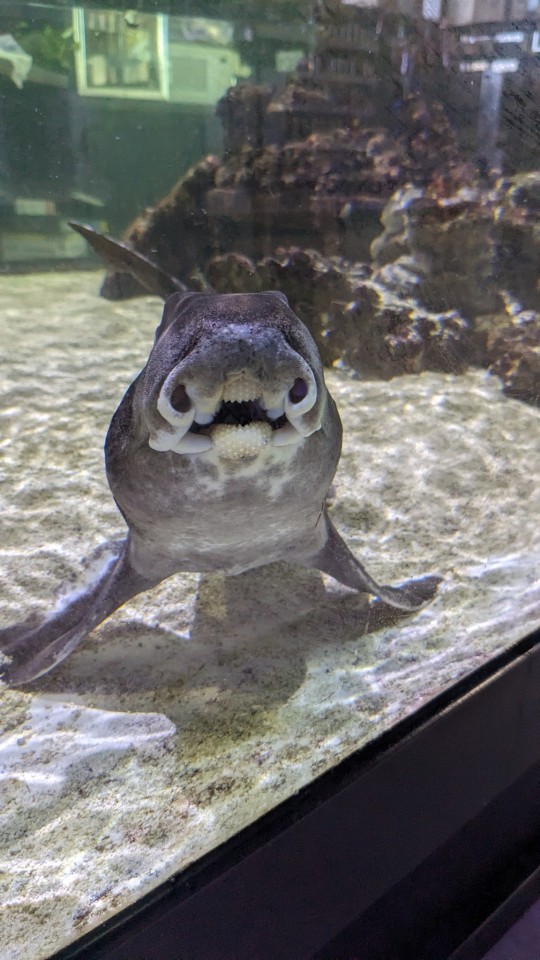
this is bruce's Feed Me pose, which is convenient because it lets me easily insert things into her face.
208 notes
·
View notes
Text

they put hermann gottlieb in this when he was only six
175 notes
·
View notes
Text





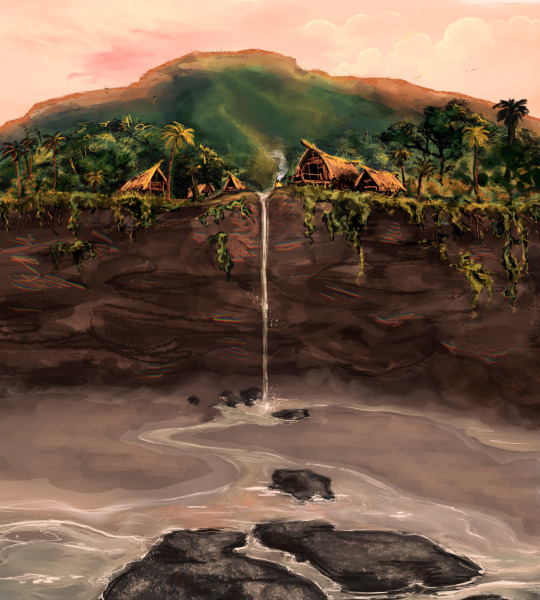

Went into a cannabis-fueled sort of fugue state and painted a whole bunch of South Pacific island environments nonstop for the last two days. I suspect there will be more to come, lol.
#my drawings#seascape#landscape#digital painting#speedpainting#environment studies#ocean#polynesian#island#south pacific#beach#village#tropical#palm trees#shark#reef#cannabis#moana
56 notes
·
View notes